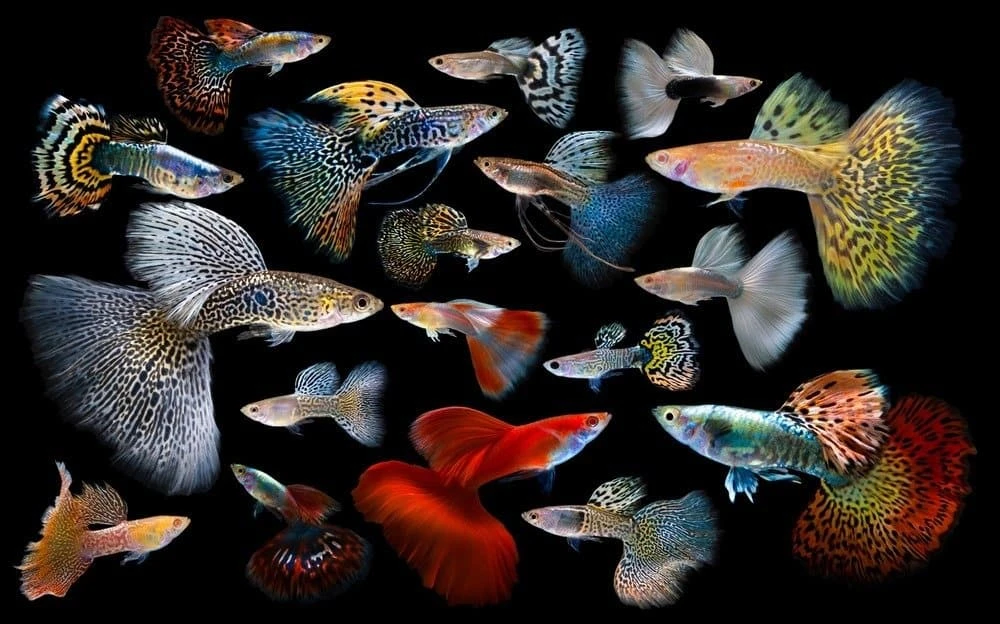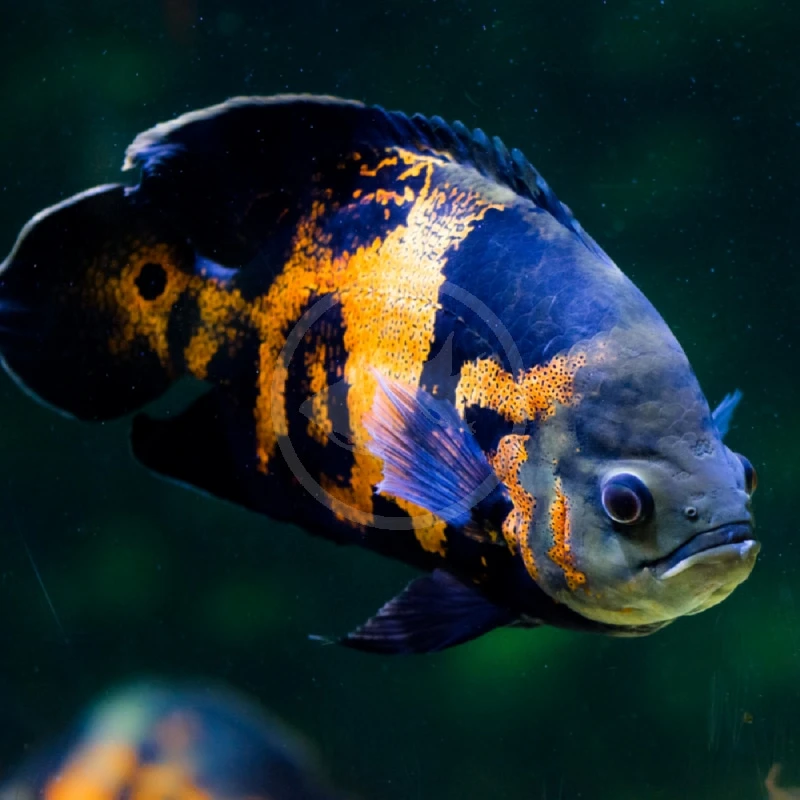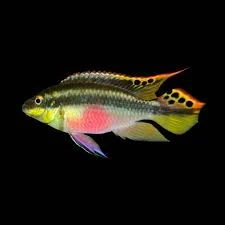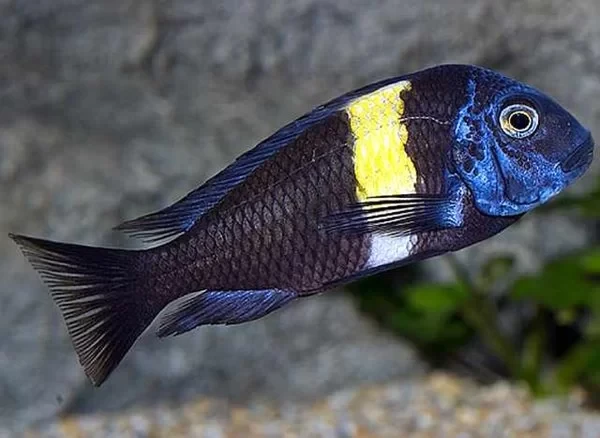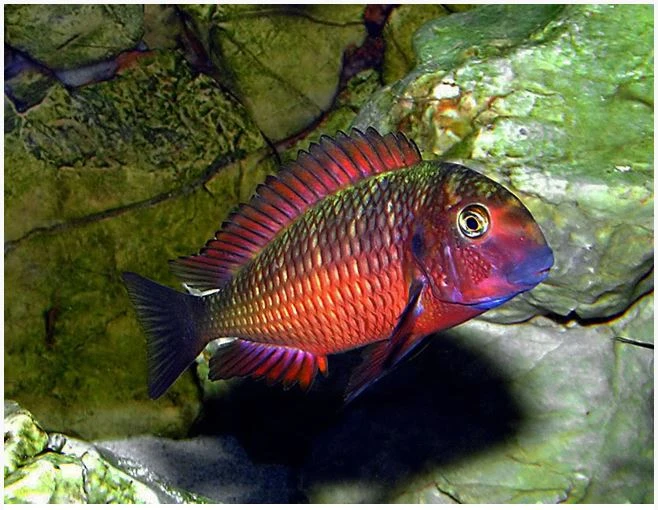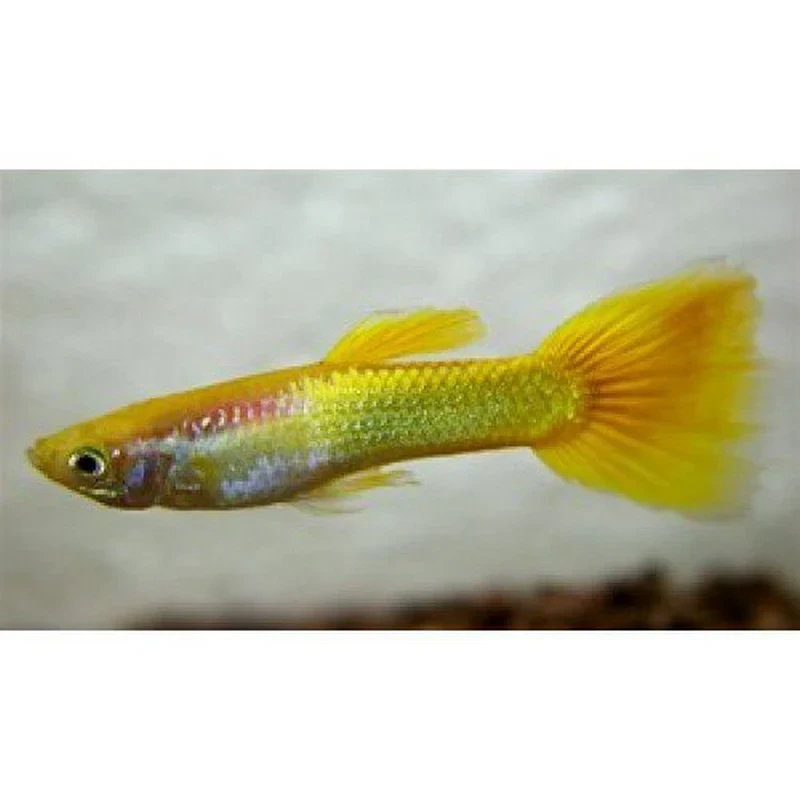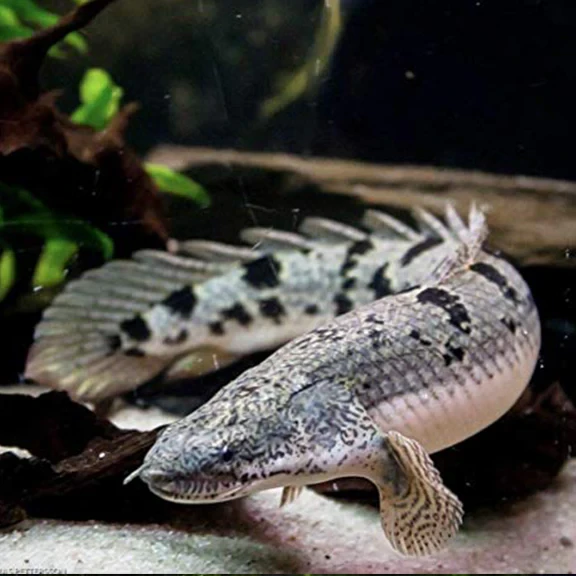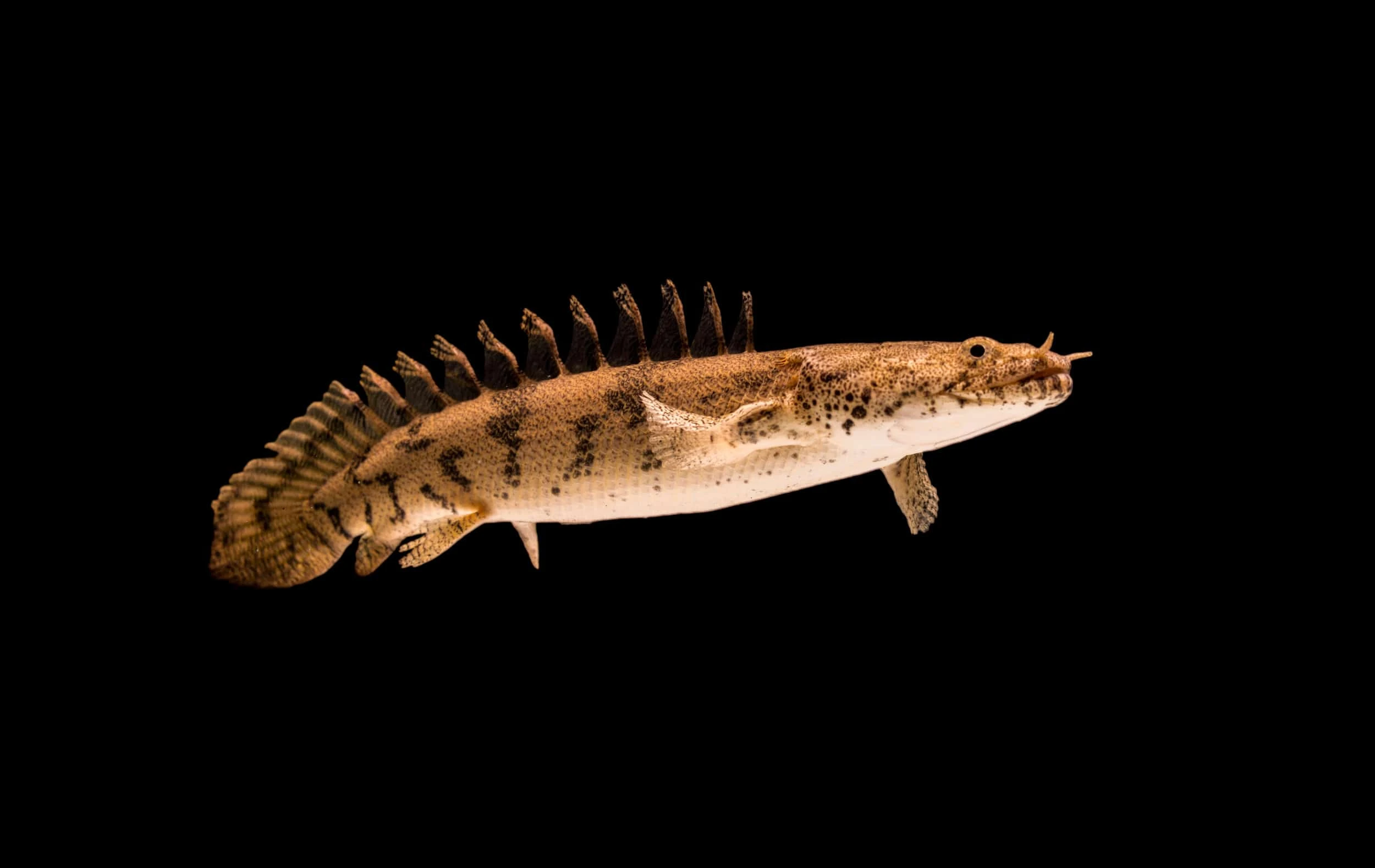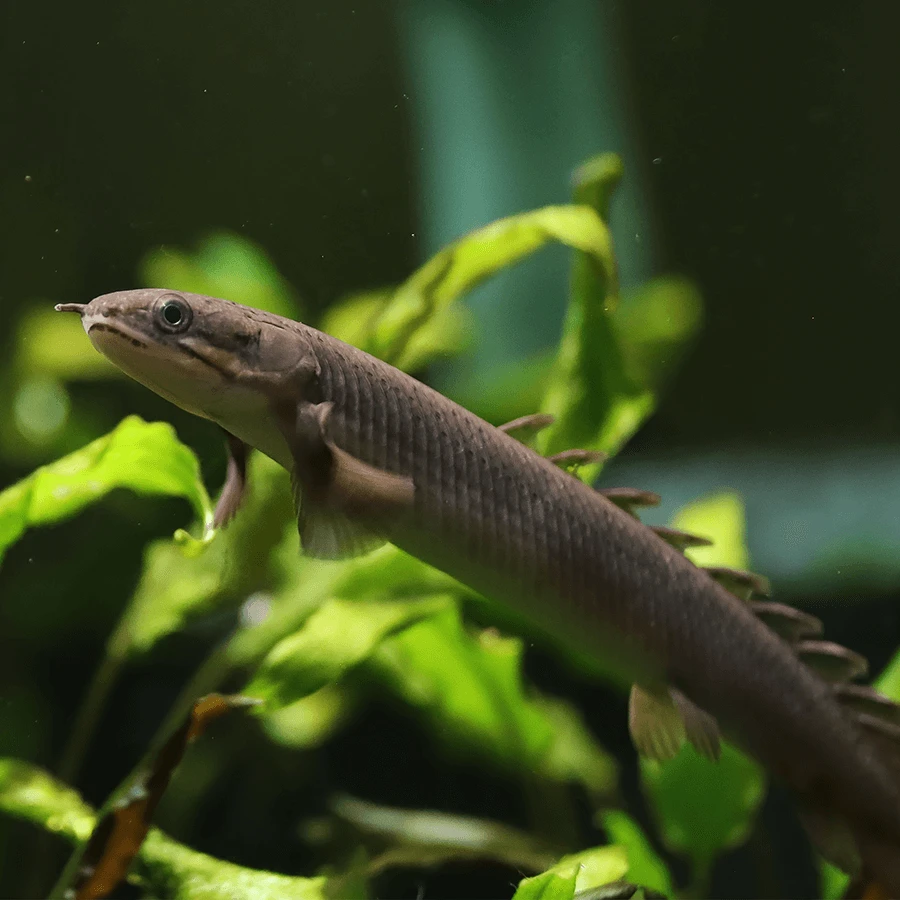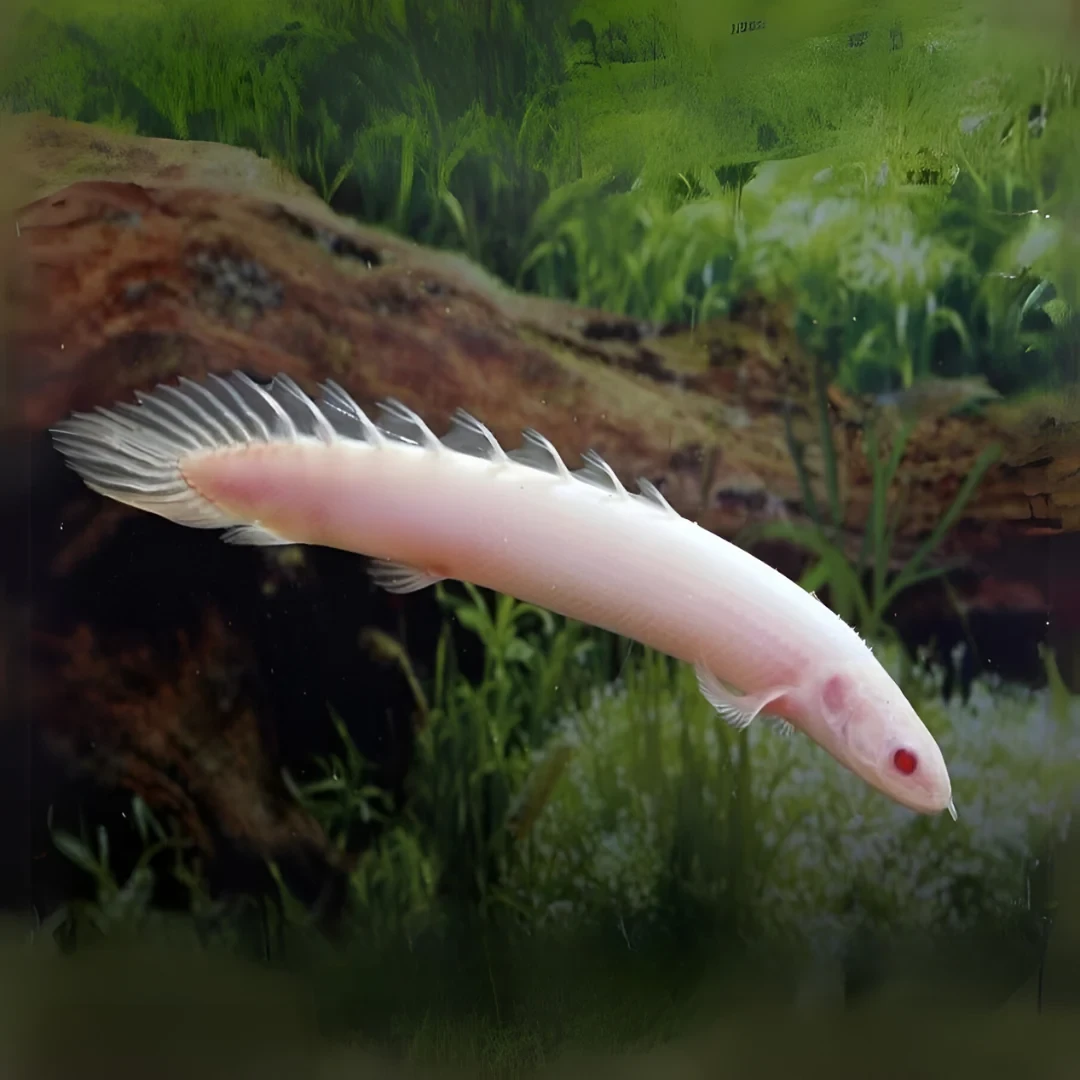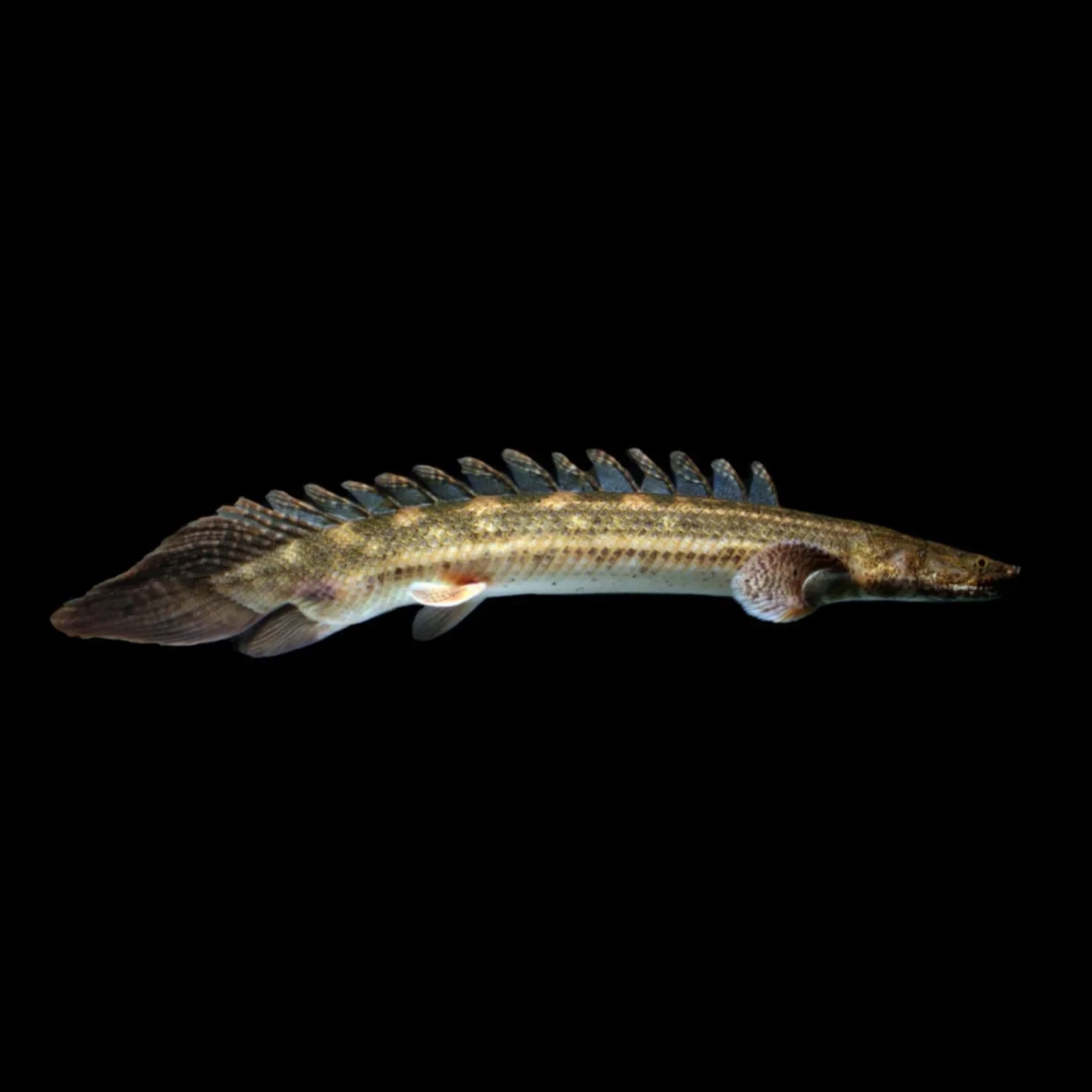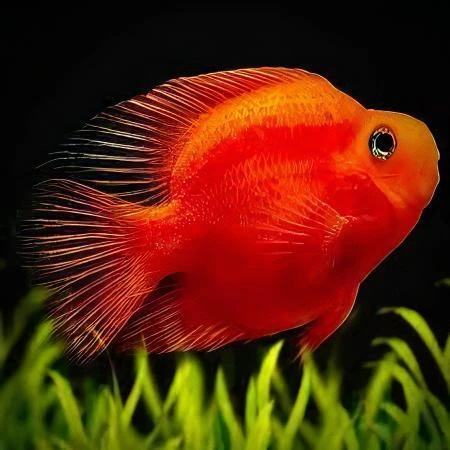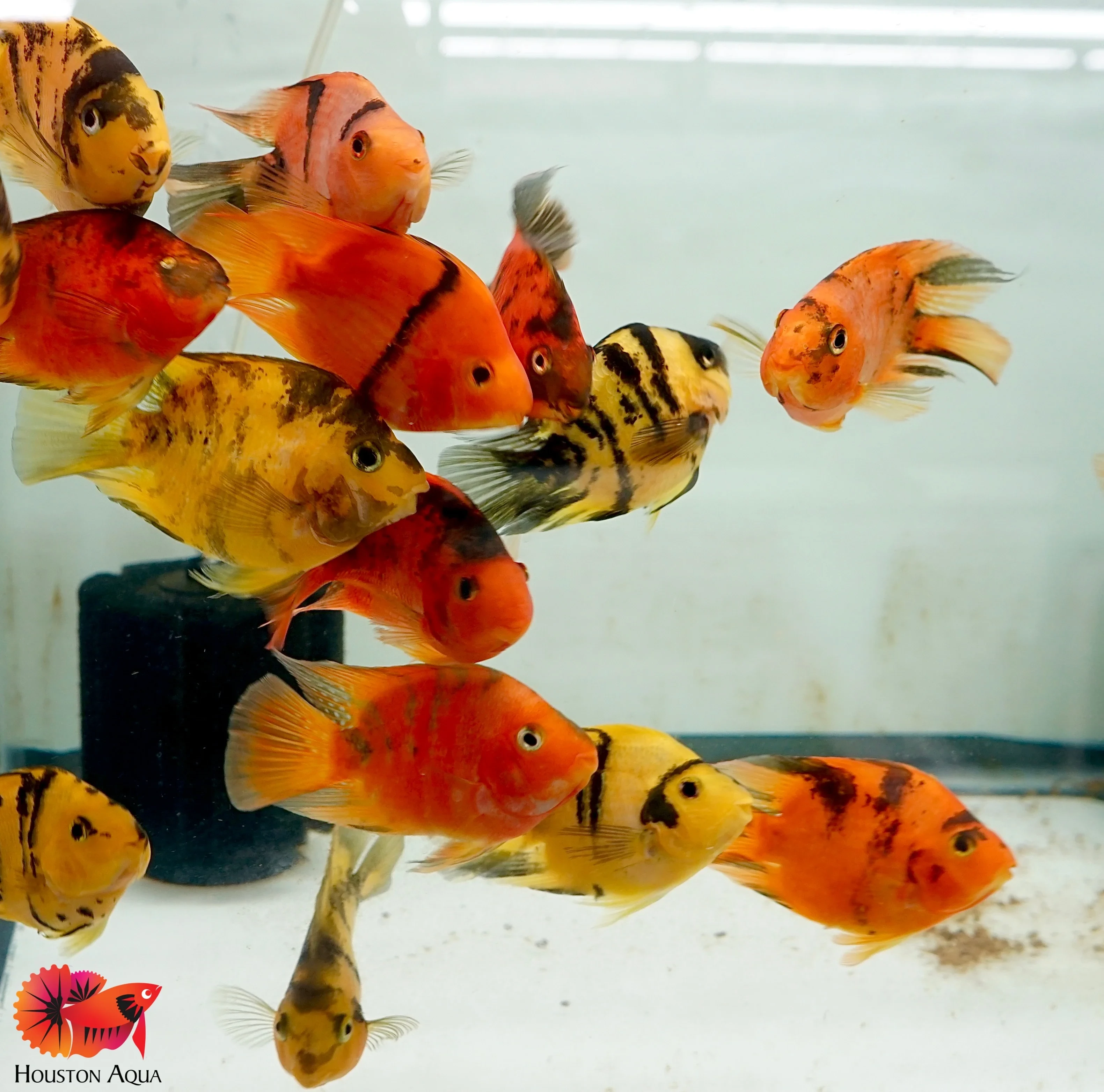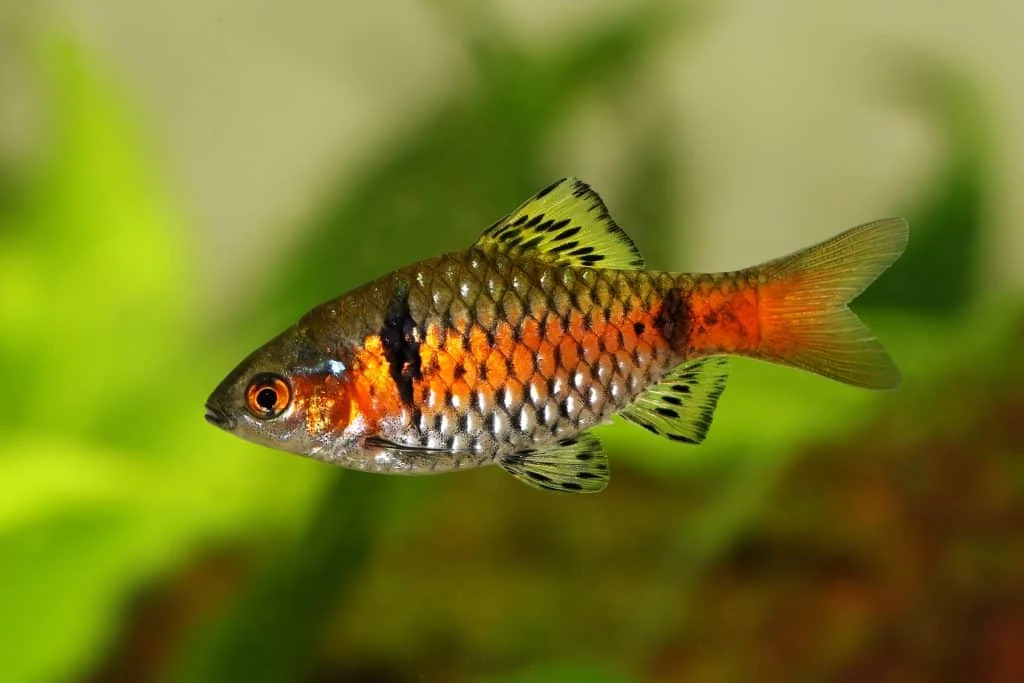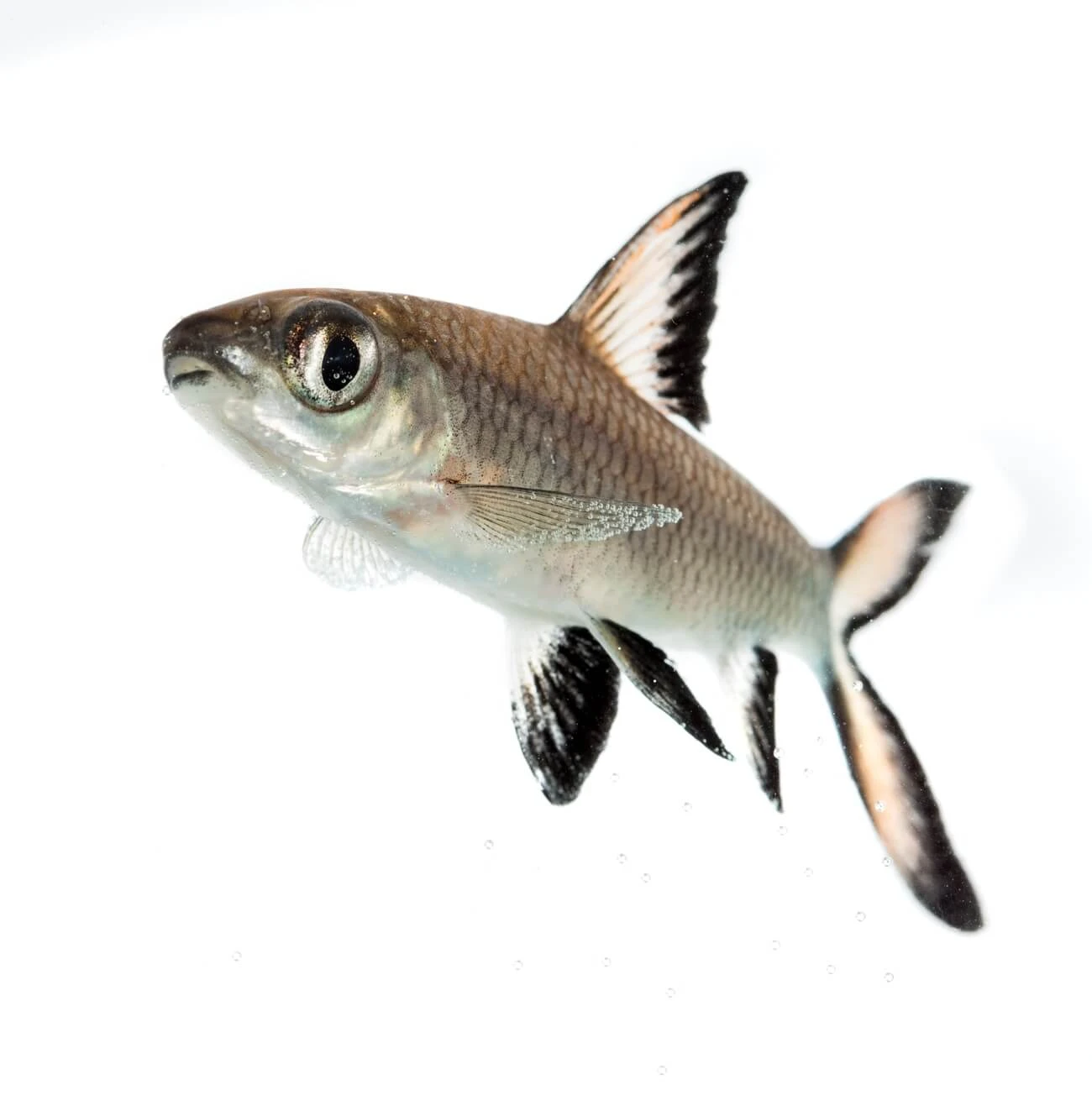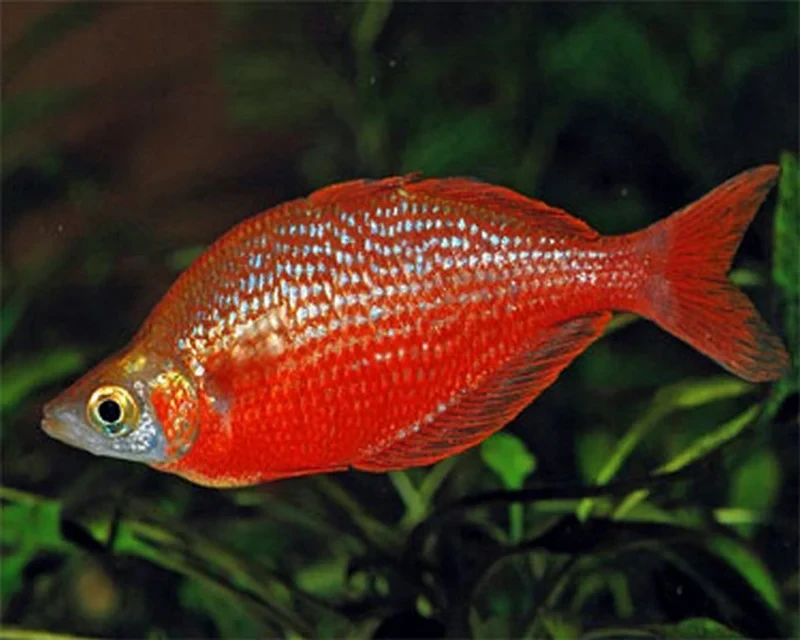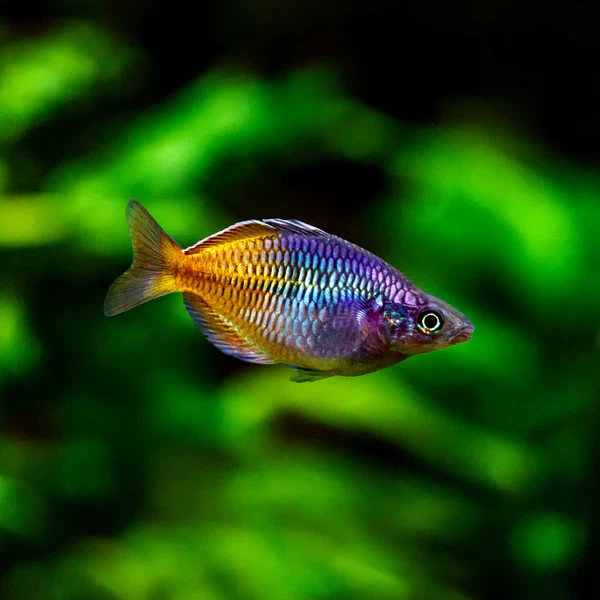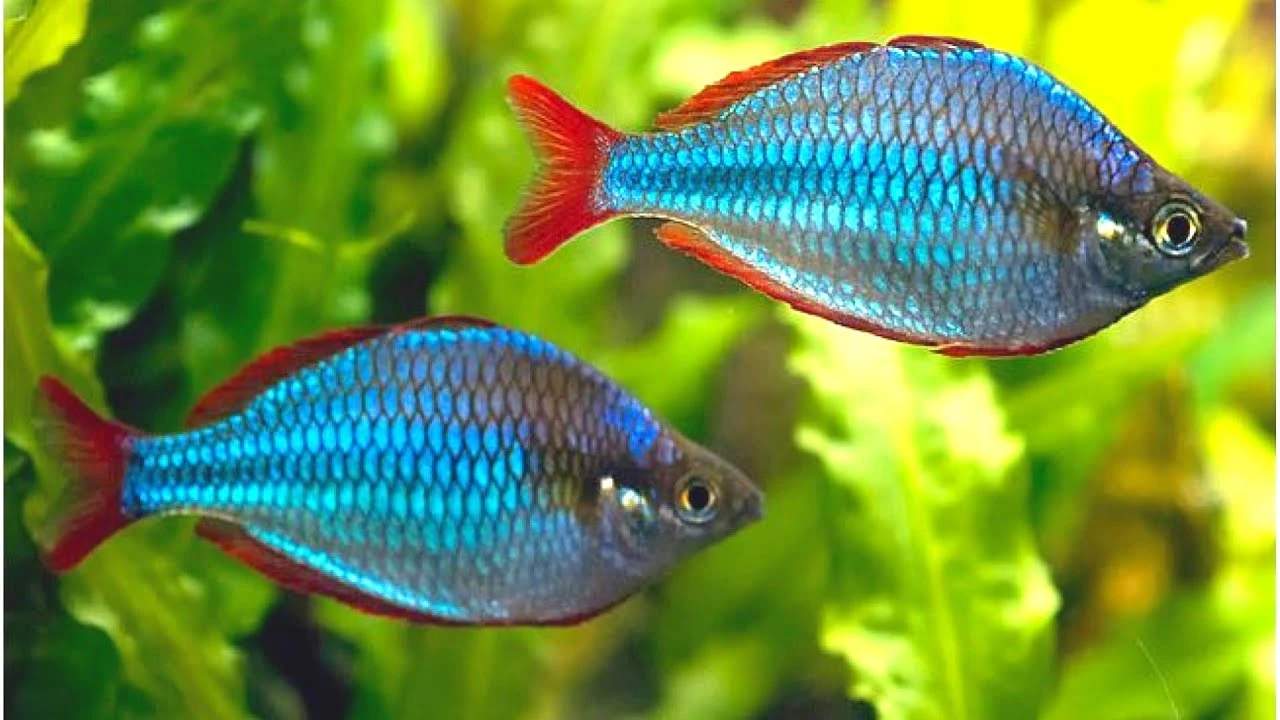The Guppy, often called the Millionfish, is one of the most popular freshwater fish due to its colorful patterns, small size, and easy care requirements. Guppies are well-suited for both beginners and experienced hobbyists, and they are often one of the first fish species in aquariums. They are highly adaptable and come in various colors and patterns, making them a charming addition to any tank.
Scientific Name:
Poecilia reticulata
Maximum Size:
-
Guppies typically grow to about 1.5-2 inches (3.8-5 cm) in length, with males being smaller than females.
-
Females can grow slightly larger, reaching up to 2.5 inches (6.3 cm) in length.
Native Region:
-
Guppies are native to northern South America, particularly in Venezuela, Guyana, Trinidad, and Brazil.
-
They are typically found in streams, rivers, and ponds with calm, warm waters.
Diet (Carnivorous or Omnivorous?)
-
Omnivorous, eating a wide variety of plant and animal matter.
-
In the wild, they feed on algae, small invertebrates, and detritus.
-
In captivity, they thrive on:
✅ High-quality flake food or granules formulated for small fish.
✅ Live or frozen foods (daphnia, brine shrimp, bloodworms).
✅ Vegetables (blanched spinach, zucchini, peas).
❌ Avoid fatty foods, which can cause health issues and lead to obesity.
Lifespan:
Breeding Season & Behavior:
-
Guppies are livebearers, meaning they give birth to live young rather than laying eggs.
-
Breeding is continuous in favorable conditions, so they can breed throughout the year.
-
The gestation period is typically 21-30 days, after which the female will give birth to anywhere from 5 to 30 fry (baby guppies) at a time.
-
The females are larger and more colorful than males, and the males are smaller with bright, eye-catching colors and patterns to attract females.
-
It is important to provide plenty of plants or hiding spaces for the baby guppies to avoid predation by adult fish.
Best Tank Mates:
Guppies are peaceful and social, making them great community fish. However, their small size means they can be vulnerable to aggression or predation from larger fish.
✅ Other peaceful fish (Neon Tetras, Corydoras Catfish, Otocinclus, Cherry Barbs)
✅ Other livebearers (Platies, Swordtails, Mollies)
✅ Small shrimp species (Amano Shrimp, Ghost Shrimp)
✅ Snails (Nerite Snails, Mystery Snails)
🚫 Avoid:
-
Aggressive fish (such as large cichlids or aggressive barbs).
-
Predatory fish (such as larger predatory catfish or bettas).
-
Fast-moving or territorial fish (they may outcompete guppies for food or harass them).
Ideal Tank Conditions:
-
Tank Size: 10-20 gallons is sufficient for a small group of guppies (at least 5-6 fish).
-
Temperature: 72-82°F (22-28°C) (Guppies are tropical and prefer warm water).
-
pH: 6.8-7.8 (neutral to slightly alkaline).
-
Water Hardness: Soft to medium.
-
Filtration: Moderate filtration is essential, but avoid strong currents.
-
Décor:
-
Live plants are ideal for providing hiding spots for fry and adding natural filtration.
-
Guppies enjoy swimming spaces, so avoid overcrowding the tank with too many decorations.
-
Use smooth substrates (fine gravel or sand) to prevent injury.
⚠ Important Notes:
-
Guppies are prolific breeders, so if you don't want an overpopulation, consider keeping only males or isolating pregnant females.
-
Water quality is very important for guppies—regular water changes and maintaining stable parameters will keep them healthy and vibrant.
-
Guppies are generally low-maintenance fish but do require a balanced diet and proper care for optimal health and coloration.



